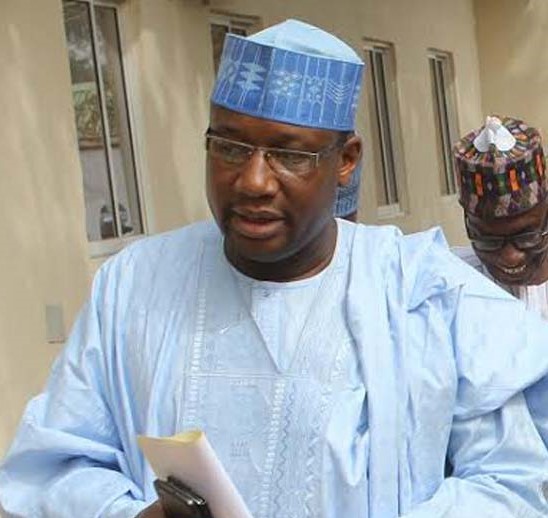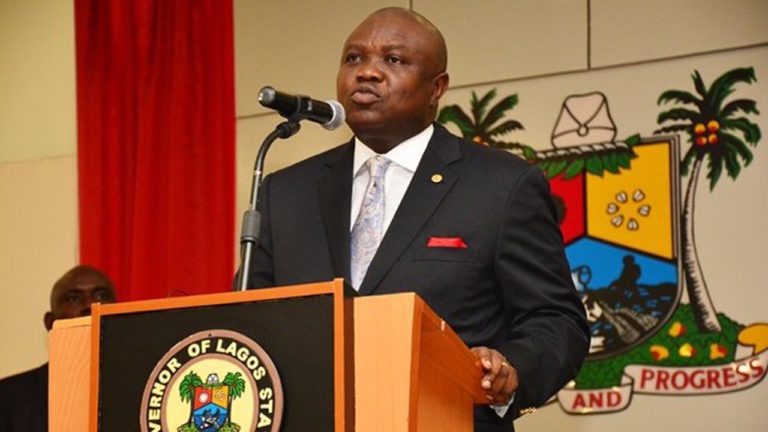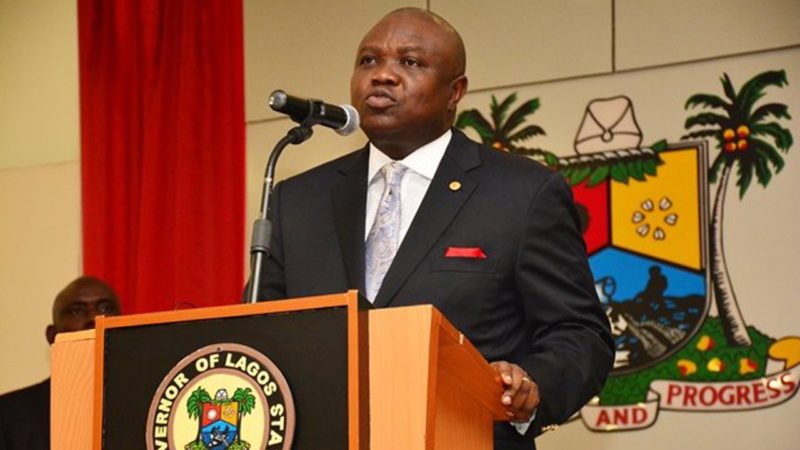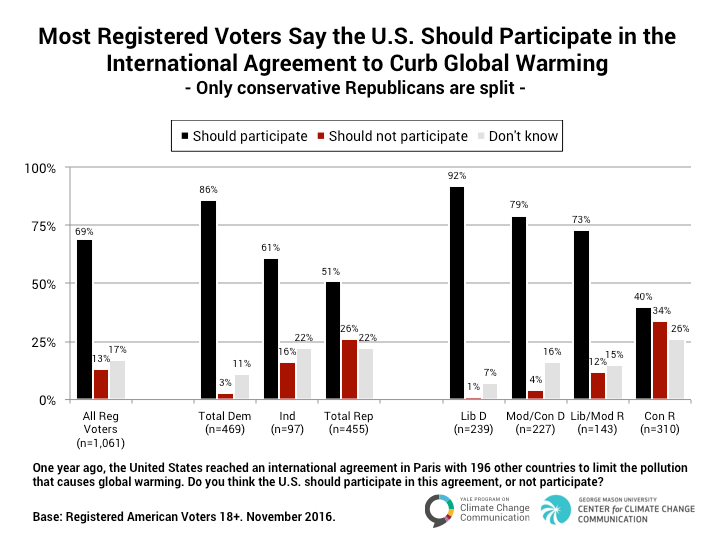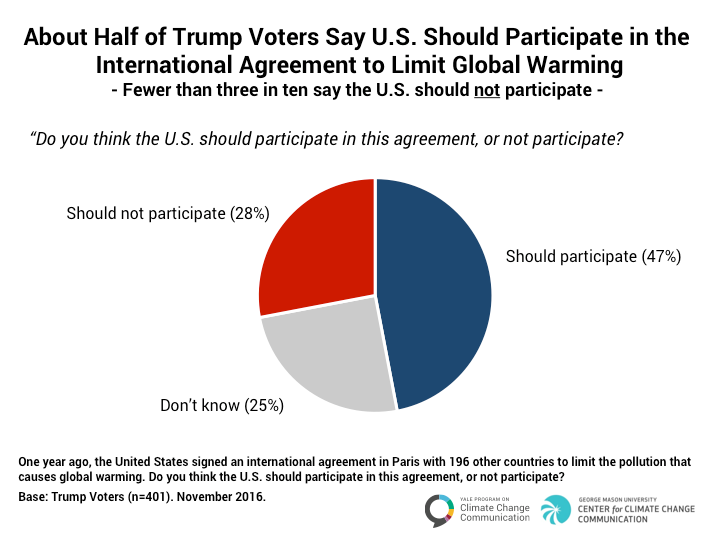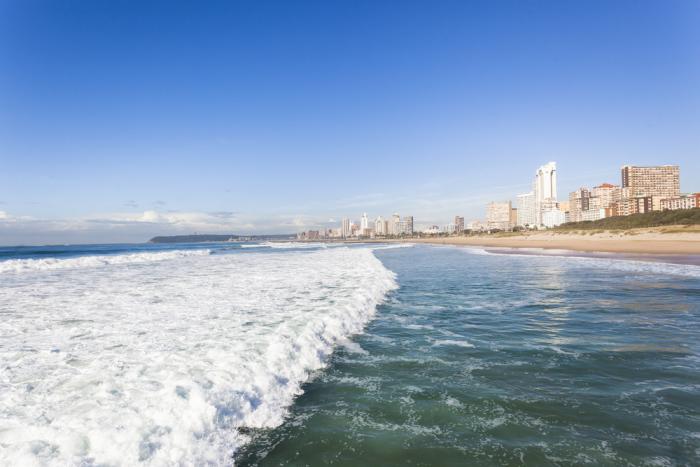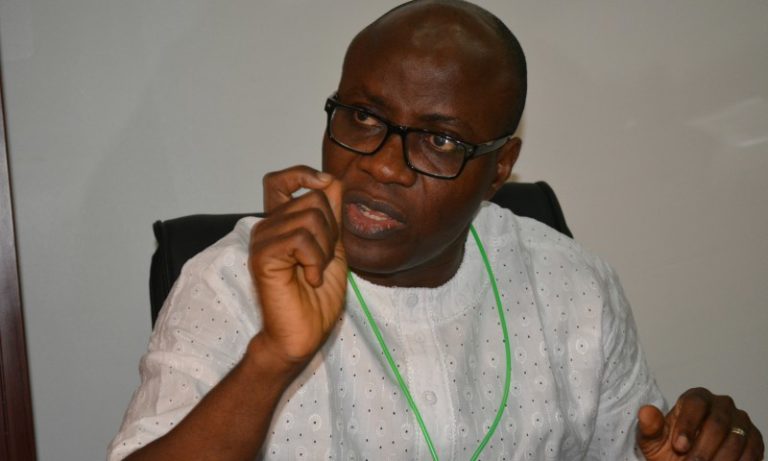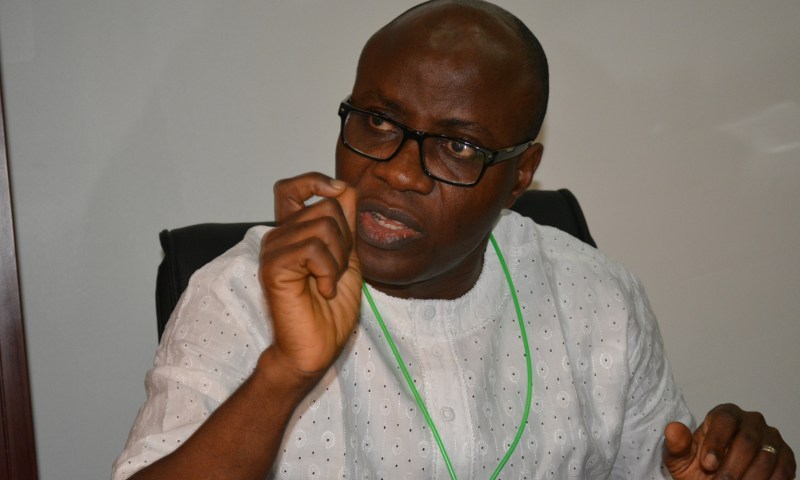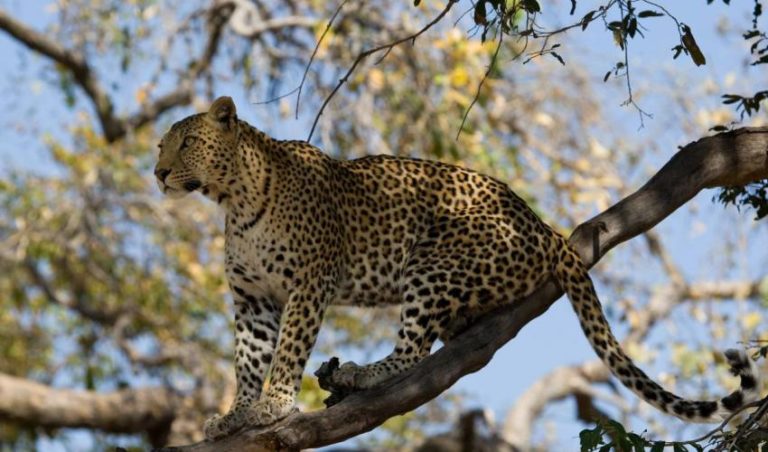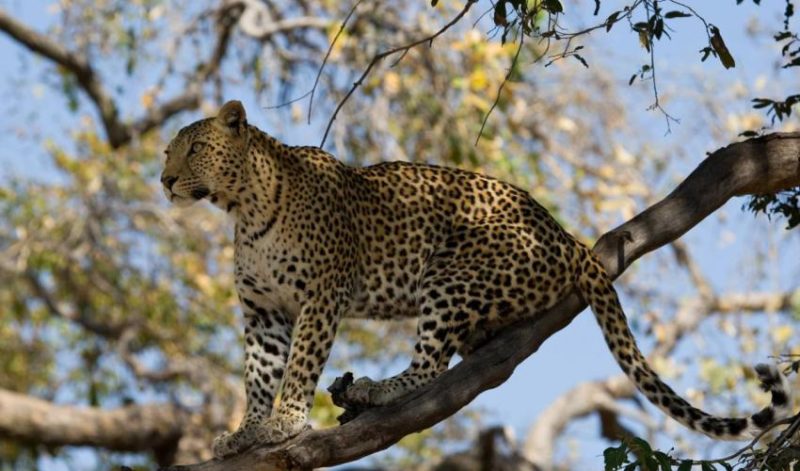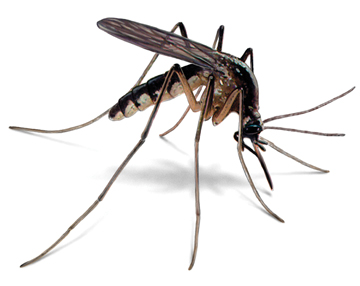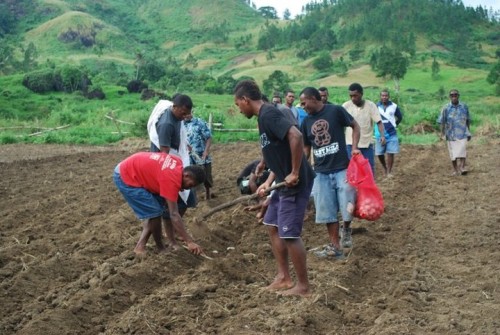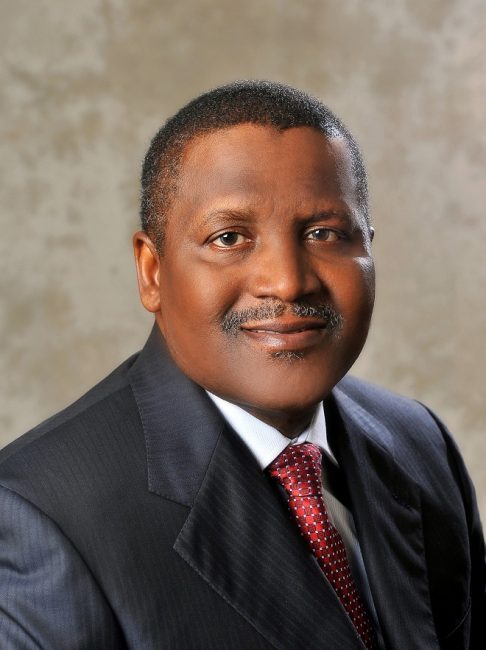Ghana now has in place a “Drinking Water Quality Management Framework” (DWQMF) that has adopted the risk-based approach as the foundation to managing the quality of drinking water in the country. It is an integrated system of approaches and procedures that addresses the key factors governing drinking water quality and safety; and provides a risk management method, which is comprehensive from catchment to consumer.
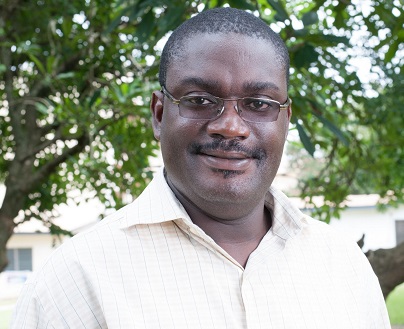
The Framework is basically an approach that promotes an understanding of the entire water supply system, the events that can compromise drinking water quality and the operational control necessary for optimising drinking water quality and protecting public health. Additionally, it is set to provide stakeholders with clear direction for drinking water quality and protection of public health, covering urban, rural, packaged water, tanker suppliers, and self-generated supply among others.
With this adopted risk-based approach, the era of traditional compliance monitoring approach in the management of drinking water quality in Ghana is supposed to be over now. It had limitations that made the quality of drinking water suspect.
According to Dr. Kwabena Nyarko of the Kwame Nkrumah University of Science and Technology (KNUST), the traditional approach did not take into consideration risk factors that undermine drinking water quality. He was interacting with some members of the Ghana Watsan Journalists Network in Accra. The occasion was a special media briefing session that took place on Tuesday, 4th April, 2017 as part of activities marking this year’s national celebration of World Water Day.
Touching on the limitation of the traditional approach, Dr. Nyarko said for instance, “treated water will have reached domestic consumers, before results of tests on its quality are ready.” He noted that “unlike unsafe food that can be easily recalled, drinking water that has been distributed cannot be recalled. Besides, water volumes tested are not statistically representative and there is limited capacity to detect short term fluctuations.”
Obviously, these disturbances along the value chain of drinking water compromised the quality of water reaching a household. So even though, Ghana had won the commendation of the UN for exceeding one of the targets of the water related goal of the Millennium Development Goals (MDGs), which was to reduce by halve the number of people without access to safe drinking water by the close of 2015, concerns were raised about the actual quality of drinking water, because of the identified risk elements.
Consequently, the erstwhile Ministry of Water Resources, Works and Housing (MWRWH), with support from UNICEF, carried out an assessment of the drinking-water quality management system in Ghana in in 2014 to 2015. The result was published in April 2016. Dr. Nyarko was the national consultant who worked with the international consultant on the assignment.
Narrating the background to the Framework, he said, the assessment exposed the limitations in the traditional approach to managing the quality of drinking water, and it was recommended that “a single source document that relies on risk based approach as the foundation for the Drinking Water Quality Management Framework for Ghana” should be developed.
Dr. Nyarko explained that “the risk-based approach considers all the barriers to prevent contaminants reaching the public from the catchment to the users.” These barriers are needed to prevent contaminants from entering the raw water, remove contaminants from the water, maintain the quality of the water during distribution and prevent contamination when handling water.
He further explained that the required steps in the process include “identifying events that may introduce hazards, possible causes of each event, estimate the level of risk associated with each particular event, institute preventive measures to avoid events and corrective actions when preventive measures fail.”
This is not a simple matter and the list of drinking water contaminating events would include “galemsey” or illegal mining, environmentally unfriendly agricultural practices such as farming in water beds, residual from agricultural chemicals that sips into water bodies, open defecation, lack of adequate household sanitary facilities, untreated wastewater discharged directly into water bodies, and improper waste management among other things. Others will be burst pipelines that allow dirt and faecal matter into water as well as storage in the households.
Some of the events like “galamsey,” are complex. A closer examination will reveal that “this very harmful means of livelihood,” has been perpetuated following the legalization of open or surface mining in Ghana. Hitherto, “galamsey,” operators did not have this kind of audacity to assault water resources like they are doing now. It is complex because the practice is underlined by high rate of unemployment among the unskilled, unschooled or at best basically schooled young people, coupled with unreliable and unsustainable sources of livelihood.
How the Framework will facilitate the handling of these complicated and sometimes amorphous events is yet to be seen. But the good thing is that, it has outlined key components necessary to move the process forward. The Framework identifies the water supply chain from the catchment to use including the sources of water, treatment, transportation and end users. It has established the legal and policy framework, set out the roles and responsibilities of the various players; and highlights the required commitments to risked based water supply management and multi-stakeholder involvement.
Since its completion, a Memorandum of Understanding establishing a National Coordinating Committee for the Management of Drinking Water Quality has been signed; Coordinating Committee inaugurated; indicators for monitoring have been finalised and submitted to the National Development Planning Commission (NDPC), for consideration among other things.
Dr. Nyarko said the next steps include dissemination of the Framework across the country and the development of a plan to build capacity for full implementation.
In a related development, Samuel Obiri of the Water Research Institute (WRI) of the Council for Scientific and Industrial Research (CSIR), met with members of the Watsan Journalists at an earlier special media briefing session on Thursday, April 6, 2017. He talked to them about the environmental and public health implications of wastewater and noted that certain current developments are eventually making wastewater a vital resource to be cherished and not discarded.
Mr. Obiri mentioned the developments as including “global climate change that will cause significant disruptions in the world’s natural hydrological cycles that will have significant impacts on water quality and supply, and how we manage water resources,” and added that “increased acceptance and reliance on reclaimed water will play a key role in mitigating the impacts of global climate change.”
He mentioned some challenges inhibiting effective wastewater management in Ghana as lack of good governance, weak enforcement of laws and regulations as well as institutions, limited sector funding, improper pricing of wastewater facilities leading to under recovery, and deficient monitoring regimes.
Mr. Obiri was optimistic about the role wastewater will ultimately play in the nearest future and said “wastewater needs to be more fully recognized within the overall water cycle, as one of the greatest untapped opportunities to enhance sustainable development.”
By Ama Kudom-Agyemang in Accra, Ghana

